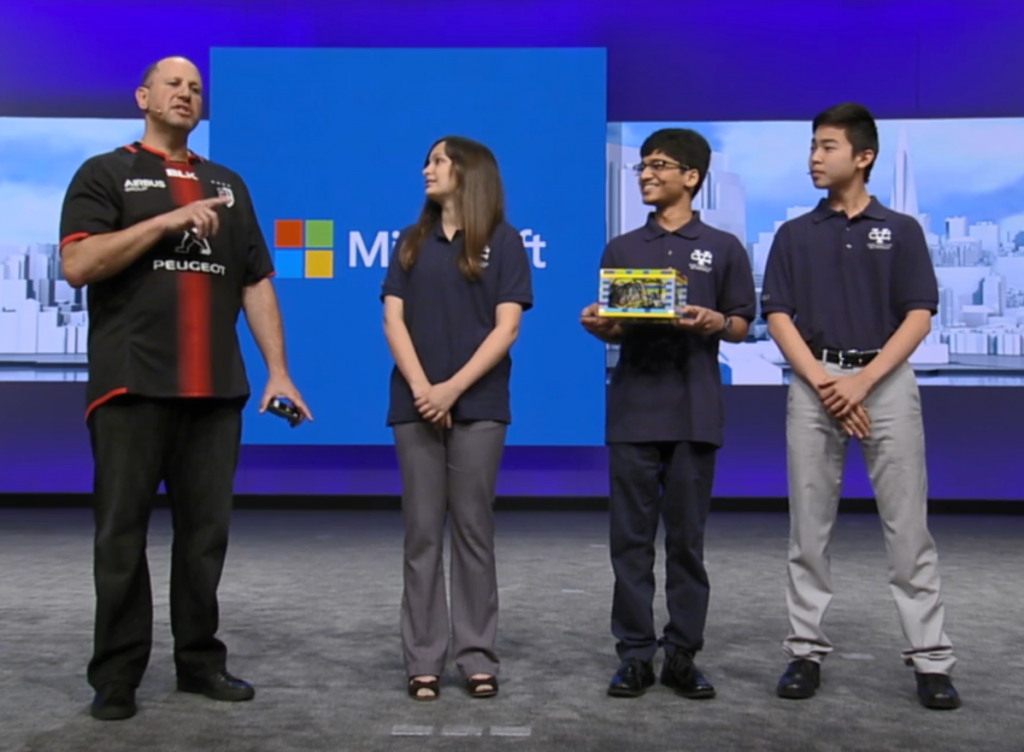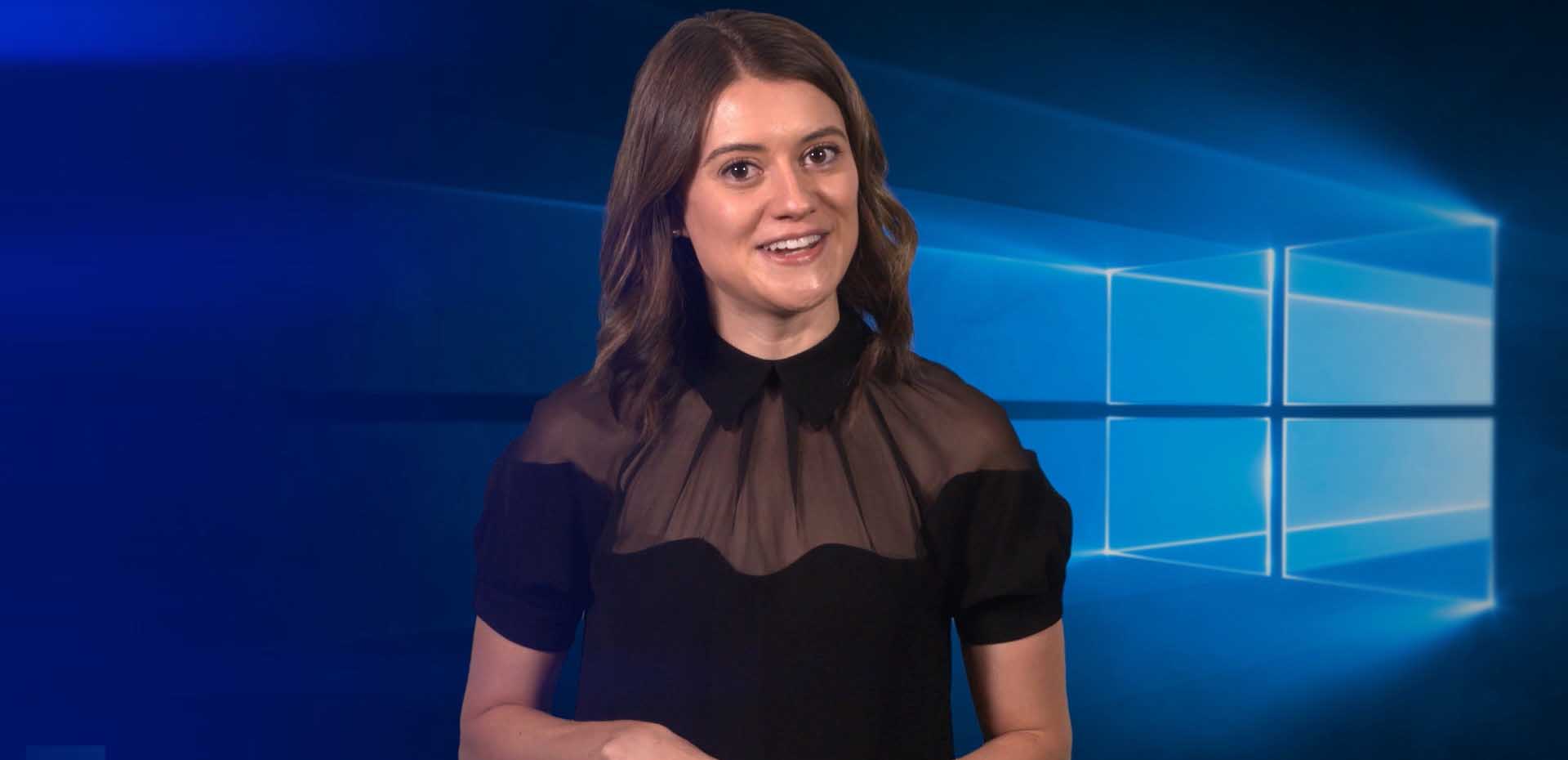Students launch Windows 10 IoT experiment into space
Students using Windows 10 IoT and Lego Mindstorm create science experiments on board the International Space Station

With the successful launch of Quest Institute’s first ever Windows 10 IoT based experiment platform onto the International Space Station (ISS) last month, the world of STEM has opened up allowing students—from Elementary to High School—to become true “rocket scientists” and participate in experiments aboard the International Space Station. The need for STEM education continues to grow as the field sees a shortfall of more than 3 million skilled workers in related fields by 2018.
“It’s important to encourage STEM education starting at an early age, and space science is a phenomenal way to get kids excited about STEM fields,” said Steve Guggenheimer, corporate vice president and Microsoft’s chief evangelist. “We are proud to be part of this effort and that Windows 10 is the platform that is helping students reach new heights.”

Over a year ago, Microsoft and Quest Institute started collaborating together to solve one of engineering’s most difficult problems with space: make a scalable science platform that can withstand the harshness of space. The joint initiative to create this “NextGen” ISS brought about new innovations through Windows 10 IoT to handle fault tolerance which culminated in the first flight of this new platform. Quest’s NextGen ISS experiment platform flew aboard the Antares OA5 Mission rocket on October 17th and astronauts aboard the ISS were able to successfully connect the experiment platform.
The experiment will test the pliability of metals in space with the goal of better understanding how metals react in space. Students received their first set of live data from the ISS on last week, and are starting to interpret the results to discover how different metals react to catalysts in microgravity. Ultimately, the results will help better understand how to manipulate metals and debris on board the ISS.
Windows 10 IoT made it possible to create a project that not only coordinates and manages multiple student experiments off of one platform, but also connects to servers on earth and is able to transfer data to and from the ISS. This has not only opened up space science experiments to students, but the scale of managing multiple experiments has made this type of program affordable and accessible to more students who are motivated by space science.

We are so proud of the work these students have been able to do so far and cannot wait to see them continue to push the boundaries to expand our knowledge of the world as we know it today.
For more information on how you can be involved in the program—from volunteering to signing up your local schools—please visit questforspace.com. You can follow along as the project progresses via @questforspace and #questforspace.




